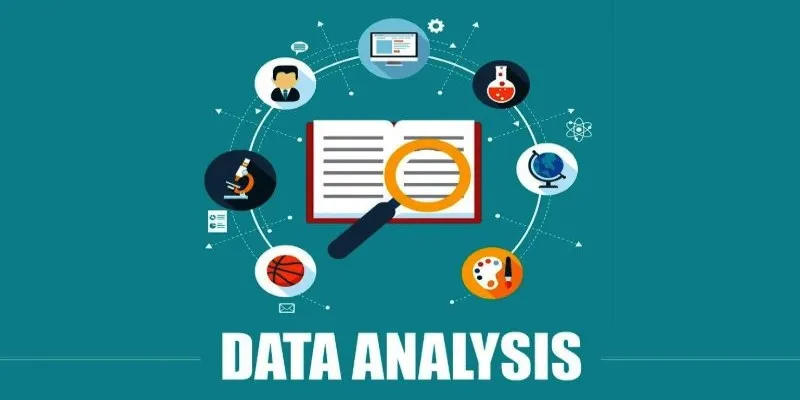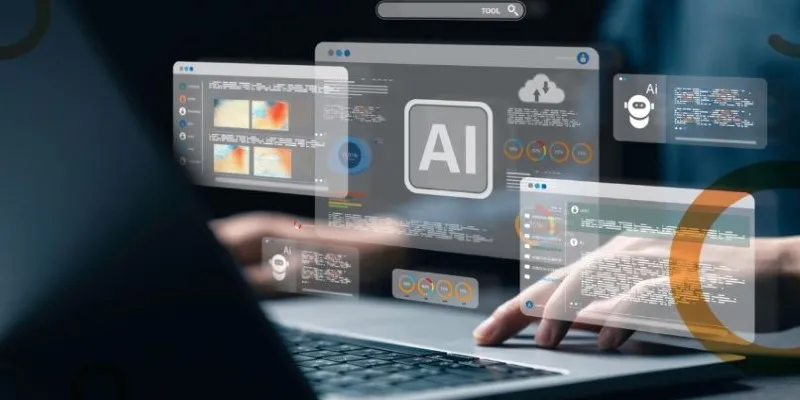As artificial intelligence continues to evolve, its impact on the workforce becomes increasingly evident. What once seemed like futuristic possibilities are now realities, with AI systems automating tasks traditionally performed by humans. This rapid shift raises a critical question: What happens to the millions of workers whose jobs are being displaced?
While AI offers incredible potential for efficiency and innovation, the fear of job loss and the uncertainty it brings are very real. In this article, we explore the risks associated with job displacement due to AI and discuss solutions that can help safeguard the future of the workforce.
Risks of Job Displacement Due to AI
The risks of job displacement due to AI extend beyond machines taking over. When companies automate processes to cut costs, workers often face abrupt dismissals without the knowledge or resources to transition easily. Low-skilled and routine work is particularly at risk. In factories, robots assemble products faster than humans. In offices, AI can sort data or write reports with precision and endurance.
Industries such as retail, customer service, transportation, and manufacturing are among the most affected. Self-service checkouts reduce the need for cashiers. AI-powered customer service bots can answer countless questions without assistance. Autonomous driving technology will revolutionize logistics and transport, threatening millions of driving-related jobs.
This issue is not just a blue-collar problem. White-collar jobs are also at risk. Fields like legal research, journalism, finance, and medicine are noticing AI systems performing tasks once thought to be uniquely human. Algorithms can now read X-rays, prepare financial reports, and even write news stories.
This transformation leads to increased unemployment, income inequality, and skills mismatches. For many workers, displacement by AI means more than economic loss—it undermines identity, purpose, and community ties. Job loss can also sever the social networks surrounding employment.
Why AI Will Not Replace All Jobs
Despite the risks, it's important to remain grounded. AI is powerful, but it cannot entirely replace human labor. Certain skills remain deeply human—creativity, empathy, critical thinking, and leadership. Jobs requiring emotional intelligence, personalized care, or ethical judgment are less likely to be automated soon.

For example, healthcare will continue to need human doctors and nurses not only to diagnose but also to comfort and guide patients. Teachers bring a personal connection to learning that software cannot replicate. Creative industries such as art, music, and writing thrive on uniquely human expression, even if AI assists in the process.
Moreover, AI often creates new jobs alongside those it displaces. History shows this pattern—during the Industrial Revolution, machines reduced the need for farm labor but led to growth in urban manufacturing and services. The digital age followed suit with information technology roles. While some jobs disappear, others emerge in programming, data analysis, system management, and the creative development of AI solutions.
However, the transition is not automatic or painless. Without proactive measures, many workers will struggle to find their footing in the AI-shaped economy.
Solutions to Job Displacement Due to AI
Addressing job displacement challenges due to AI requires cooperation from governments, companies, educational institutions, and workers. The key is to focus on adaptation and resilience rather than resisting change.
Reskilling and Upskilling Programs
Investing in reskilling and upskilling programs is crucial for helping workers transition into roles that AI cannot easily replace. Training should focus on both technical skills, like programming, and soft skills, such as communication and critical thinking. Governments, online platforms, and companies must make these programs accessible to ensure workers remain competitive in a changing job market.
Redesigning Education for an AI-Driven Future
Education systems must evolve to prepare future generations for an AI-driven world. Schools should prioritize critical thinking, creativity, and emotional intelligence, which machines cannot replicate. By focusing on problem-solving and adaptability, students will learn how to think, not just what to think, making them better equipped to thrive in an ever-evolving job market.
Government Support and Social Safety Nets
Governments play a critical role in supporting displaced workers with social safety nets. Policies such as universal basic income (UBI), wage subsidies, and temporary unemployment benefits can provide financial support during transitions. Tax incentives can also encourage businesses to invest in human-centered job creation, ensuring workers have the time and resources to retrain and pursue new opportunities.
Responsible AI Deployment in Business

Businesses should adopt responsible AI deployment strategies by gradually integrating automation alongside human workers. This approach prevents mass layoffs and ensures smoother transitions. Companies should also focus on offering continuous learning opportunities and internal mobility programs, allowing employees to adapt to evolving roles. A collaborative approach between humans and AI can enhance productivity while preserving job security.
Worker Adaptation and Future-Proofing Careers
Workers can future-proof their careers by staying informed about industry trends, learning new skills, and embracing change. Continuous self-improvement, adaptability, and a willingness to collaborate with technology are essential traits for navigating the evolving job market. Workers who remain open to learning and flexible in their roles will remain valuable assets in an AI-driven world.
Conclusion
Job displacement due to AI presents significant challenges, but it also offers opportunities for transformation. By investing in reskilling, fostering innovation, and creating policies that protect workers, we can navigate this shift effectively. While AI may automate certain tasks, it will never replace the human touch, creativity, and empathy essential to many industries. The future of work lies in collaboration between humans and machines. Through adaptation and proactive efforts, we can ensure that the benefits of AI are shared equitably and that displaced workers are empowered to thrive in new roles.
 zfn9
zfn9